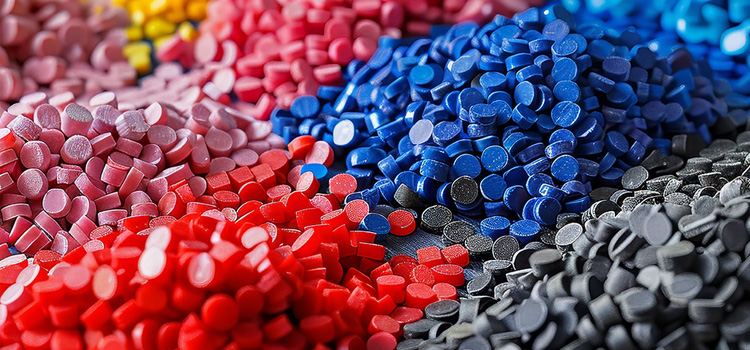Product Types
Plasticizer
A plasticizer is a substance added to polyvinyl chloride (PVC), to enhance its flexibility, workability, and processability. By incorporating plasticizers into the polymer matrix, the material becomes more pliable and easier to shape or mold. This modification improves the mechanical properties of the polymer, such as its flexibility and softness, making it suitable for a wide range of applications.

1. Primary Plasticizers: - Primary plasticizers are high-molecular-weight compounds introduced into PVC formulations to significantly increase flexibility and reduce rigidity. These plasticizers effectively modify the mechanical properties of the polymer by embedding themselves between the polymer chains, which increases the distance between them and thus enhances the material's flexibility. Common examples of primary plasticizers include:
Types of Primary Plasticizer
| Dioctyl adipate (DOA) Di Butyl Phthalate (DBP) Di Octyl Phthalate (DOP) Di Iso Octyl Phthalate (DIOP) Di Nonyl Phthalate (DNP) Dioctyl Terephthalate (DOTP) Diisononyl Phthalate (DINP) Diethyl hexyl cyclohexane-1,4-dicarboxylate (DEHCH) |
2. Secondary Plasticizers: - Secondary plasticizers are additives used in conjunction with primary plasticizers to further modify the properties of PVC. They complement the primary plasticizers by enhancing specific characteristics such as heat stability, processing efficiency, and cost-effectiveness. Secondary plasticizers include
Types of Secondary Plasticizer
|
Chlorinated Paraffin Waxes (CPW) Light Stabilisers (Epoxidised Soya Bean Oil) |
- By using a combination of primary and secondary plasticizers, manufacturers can fine-tune the properties of PVC to meet specific application requirements.
